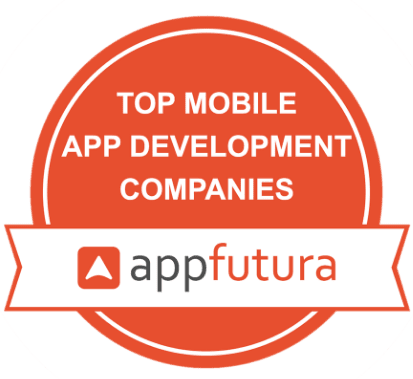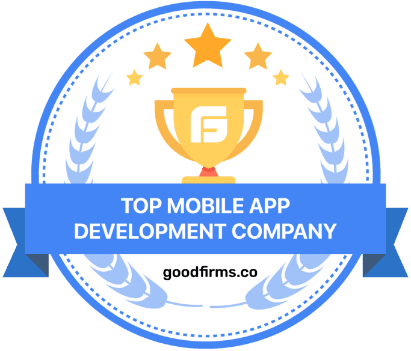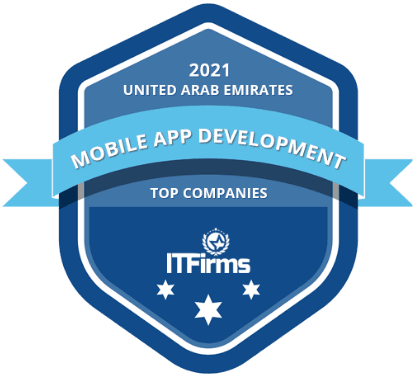The Lifecycle Stages Of App Development
Currently Apple & Google play store has over a million & and a half apps each, and statistics show that an average user easily spends more than thirty-five hours a month using them. If we just looked at our own phones & usage patterns, we would know why these stats hold true.
Stages of app development
Research/planning stage
Your first step should be to dive deep into the research phase- figure out your market and existing competitor apps. Brainstorm on details like the purpose of your app, your target audience, preferred platforms, app development language & frameworks, features your competitor app offers a timeline of development & launch, and how you’d want to market it.
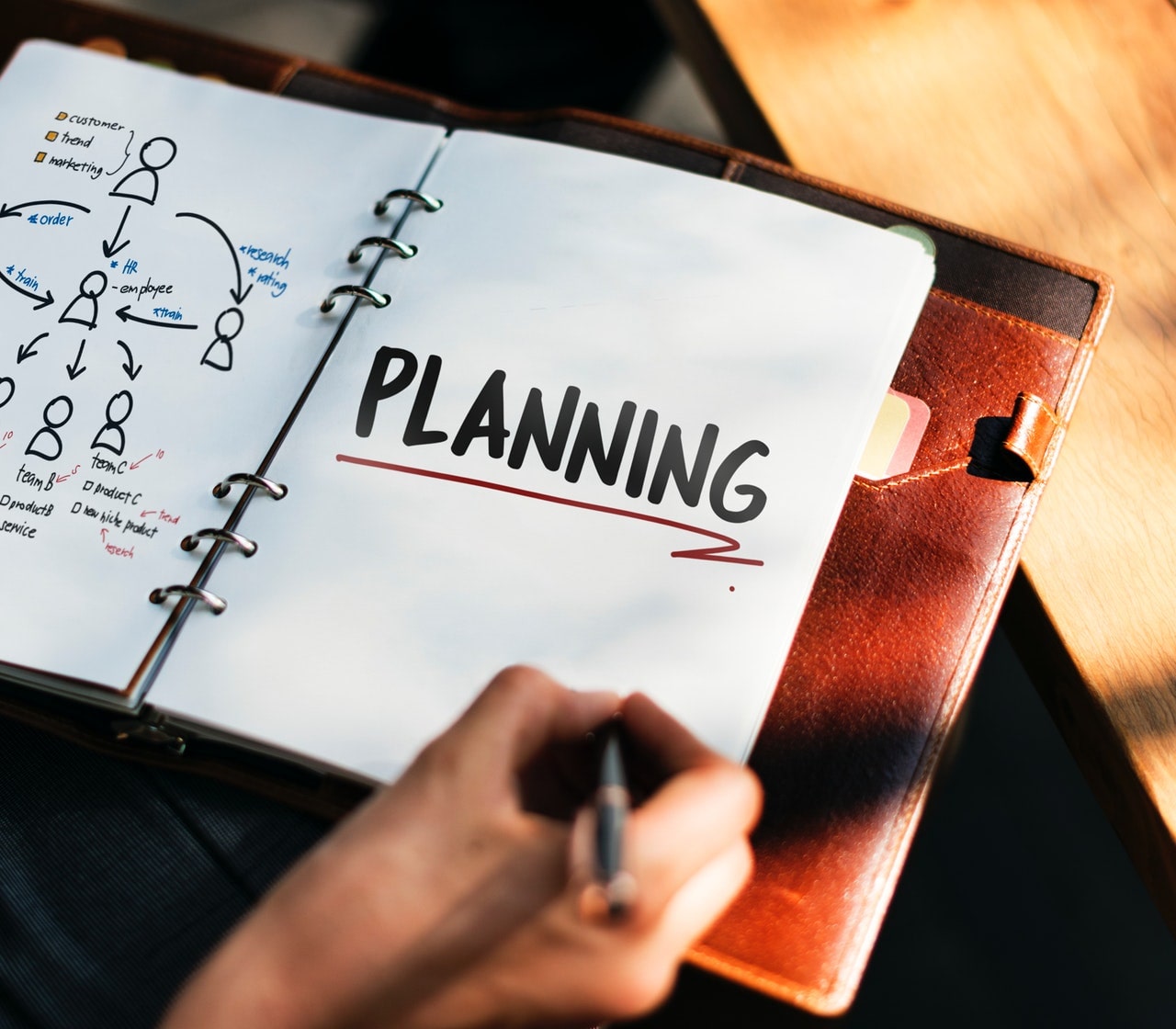
Wireframes
Drawing detailed sketches of your vision of the app greatly helps in bringing it to life in the later stages. Post sketching, wireframes come to refine all your ideas. Now you can arrange all your design components accurately and see if there are any visible usability issues.

Technical feasibility & back-end assessment
Once you have a clear understanding of your visuals, you need to consider whether the back-end systems can support your app’s functionality. Think- APIs, data diagrams, data integration, servers, push notifications, etc. You will have different requirements depending on whether it is an android app development or an iOS app development lifecycle.
Prototyping
Now that you’re at this stage, you should build a rapid prototype. One cannot truly comprehend the experience of an app without touching it & checking how the workflows.
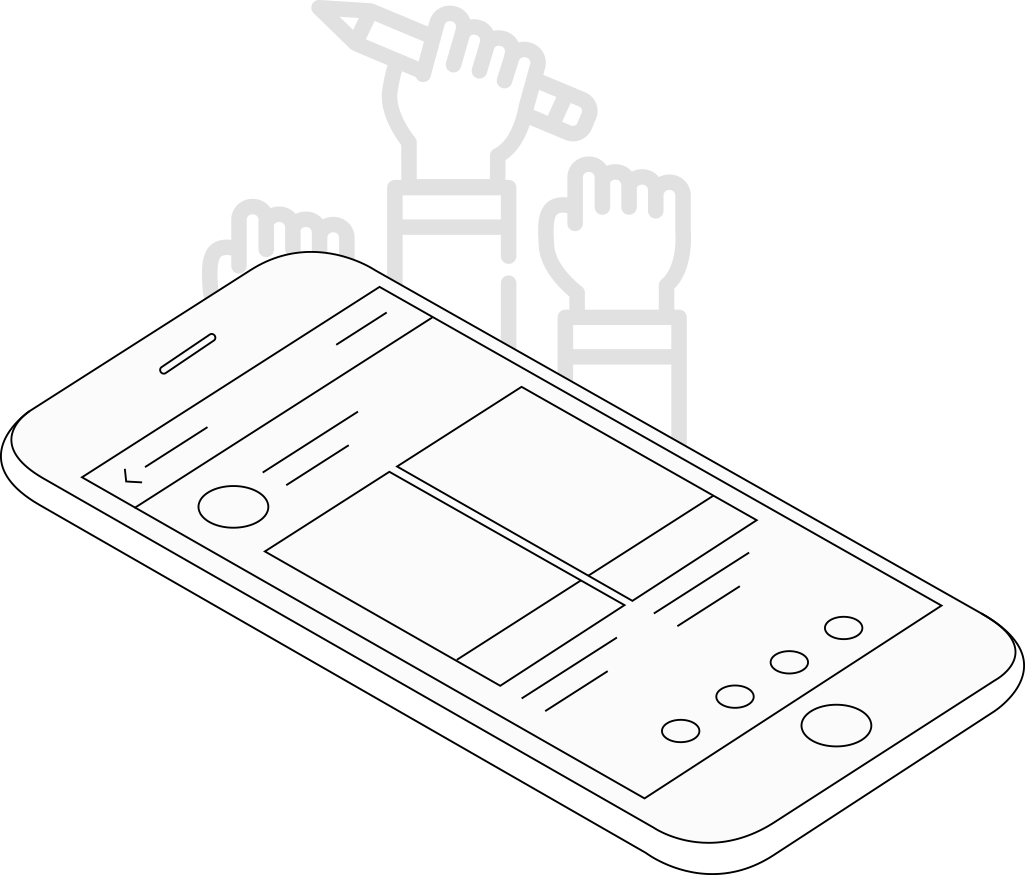
Design
Once prototyping is done, you can dive into coding. Your UX designer builds interaction between different design elements while your UI designer builds the overall look and feel of your app. These act as a guide for informing your engineers of your vision with the final product and how its interaction with the customers should feel.
Develop
From working on a functional prototype & reviewing it with every step, it’s all a part of the development stage. But as this stage progresses further, the core functionalities are deeply tested. The app is then moved to the deployment phase. All the bugs are also fixed & taken care of. If it’s a complex project, the large application is broken down into smaller modules and dealt with in parts before putting everything together, so that the app is ready for release.
Testing
It’s often a good idea to start testing early as this could help with keeping the final costs in check. The farther one goes in the development life cycle, the costlier it is to fix bugs and other technical issues. At this stage, the app should ideally be tested for every aspect including usability, compatibility, interface, security checks, stress, and performance.

Deployment
Launching policies will vary for android app development & iOS app development. And lastly, keep in mind that this isn’t the end of your process.
Conclusion
Once your app is downloaded by users, there will be an outpouring of feedback which you will need to incorporate in future versions. It might seem like a tough thing especially if for those developing an app for the first time.
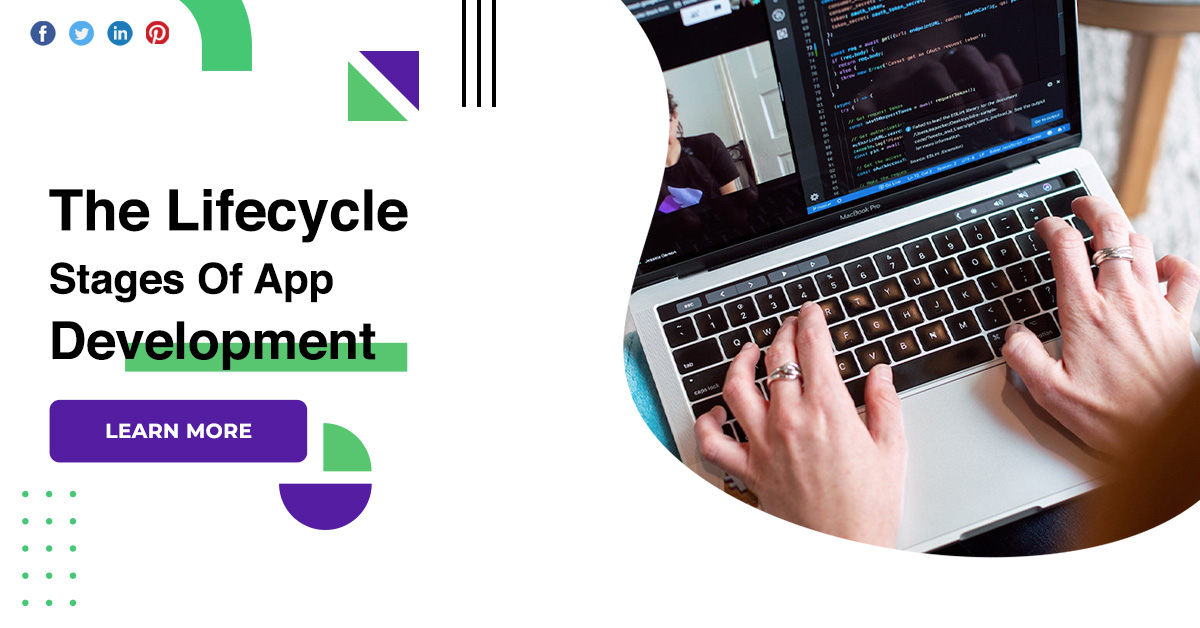
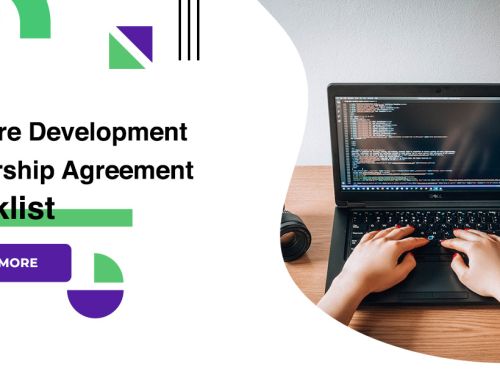
![Software Development Scope Of Work [Template, Tips & Tools]](https://www.sataware.com/wp-content/uploads/2023/03/Software-Development-Scope-Of-Work-500x383.jpg)



